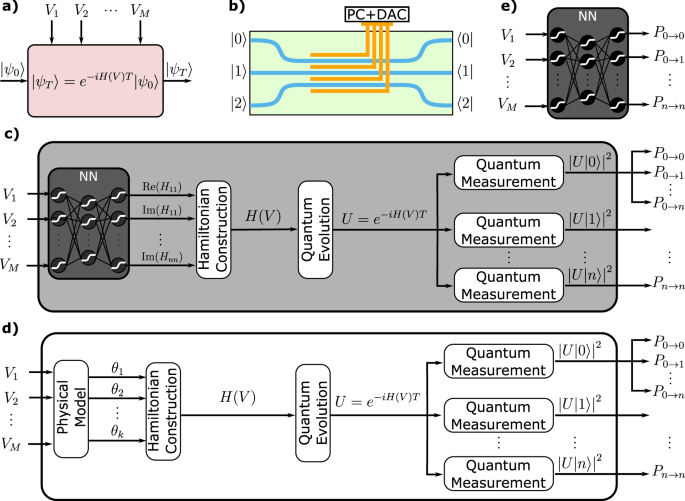Phys.org February 28, 2024
Due to the current technological limitations understanding and controlling engineered quantum systems is not always possible. An international team of researchers (Australia, Switzerland, UK, Germany, France, USA – Perdue University) has developed a programmable waveguide array in which the Hamiltonian terms can be individually electro-optically tuned to implement various Hamiltonian continuous-time evolutions on a single device. They used a single array with 11 waveguides in lithium niobate, controlled via 22 electrodes, to perform a range of experiments that realized the Su-Schriffer-Heeger model, the Aubrey-Andre model, and Anderson localization, which is equivalent to over 2500 static devices. According to the researchers their architecture overcame the crosstalk limitations of thermo-optic phase shifters in other platforms. According to the researchers electro-optic control allowed for ultra-fast and more precise reconfigurability with lower power consumption, and with quantum input states. their platform can enable the study of multiple condensed matter quantum dynamics with a single device… read more. Open Access TECHNICAL ARTICLE 1 2
MAGE:

Physical and machine learning models of the class of quantum devices considered in this paper. Credit: npj Quantum Information volume 10, Article number: 9 (2024)